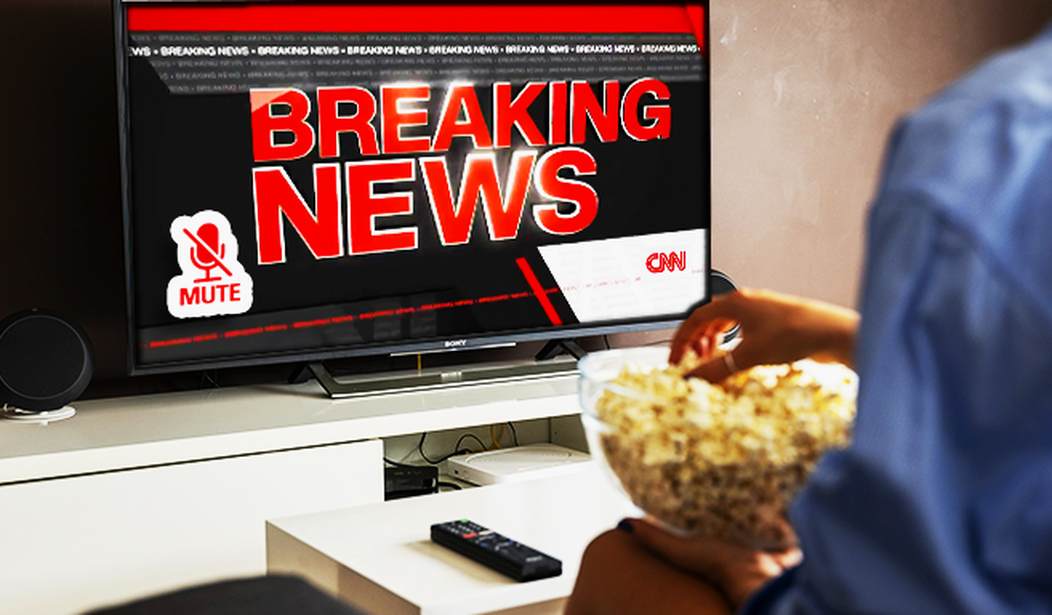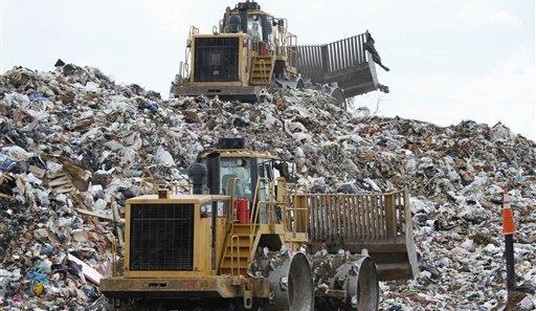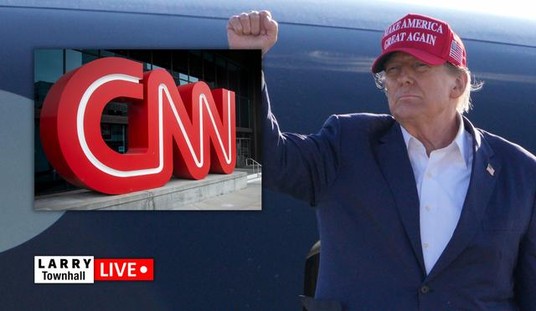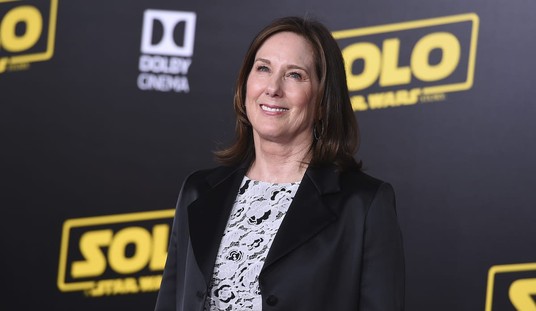The findings of a recent poll analyzing the political makeup of the American media industry won’t surprise you at all.
Given the state of the establishment media landscape, it is apparent that most mainstream journalists are leftward leaning in their political viewpoints. This bias has remained consistent in how the press reports on the news of the day.
But this poll, conducted by Syracuse University’s Newhouse School of Public Communications starkly illustrates how far this trend has persisted, and how the media environment has evolved as a result. As negative as this paradigm might seem at the moment, there are signs that we could see a balancing of views in the media landscape in the not-so-distant future. RedState’s Brad Slager reported on the survey:
While traditionally it has been that journalists lean Democratic, it has been a recent trend that Republicans are evaporating from the news industry. Some 50 years ago there was a semblance of equality, at least in those occupying cubicles, if not the content on the page. In the 1972 survey the split between journalists who were Dems/GOP/Independent ran 35%/25%/32%. In this latest poll the number of Republicans is a miniscule 3.2%
The result of this is seen in the polls showing the public perception of the press. Pew research has shown that while public trust in the media is declining, there is a widening between parties, as Republican voters are plunging in this measure with the number of those declaring they trust the press being slashed in half in just a five year span.
What is odd here is that many within the industry recognize there is a serious problem, and yet by their inactivity we see little in the way of addressing the issue. Another question from the Syracuse pollsters asked for perceptions from within the industry, with the overwhelming majority (60 percent) declaring journalism was going in the wrong direction. They were also asked what they consider the most important problem in journalism, and the top response was that decline in public trust. Yet trends over the years show the industry only embracing the actions leading to these results.
Slager nailed it on that last point. Despite plummeting trust in the establishment media, news outlets continue displaying a brazen bias in favor of Democrats and progressive causes, while taking a more antagonistic tone toward the right. If declining trust isn’t enough to persuade the once-vaunted Fourth Estate to change course, nothing will, which means most traditional media outlets are little more than propaganda mills for Democrats.
At this point, the die is cast and there is no going back. There is absolutely no way that the press will ever even come close to resembling something with balance. CNN’s attempted rebranding efforts prove this.
The ideological homogenization we are seeing in traditional media carries some profound implications for the future of news consumption. The establishment has already alienated half of the country by catering only to one point of view instead of focusing on various angles.
However, this does not mean that right-leaning voices are not being heard. Indeed, with the advent of digital media, I would argue that conservative and libertarian voices are experiencing a revolution that has not been seen since talk radio provided an outlet for those who aren’t leftists. The landscape is steadily evolving, which has provided fertile ground for new voices that are not shackled by the gatekeepers in the media establishment.
Platforms ranging from independent news websites, podcasts, video channels, blogs, and social media networks have offered alternatives that are becoming even more popular than traditional sources, especially among younger consumers, who increasingly favor digital media.
This shift has brought concerns about people becoming even further ensconced in their echo chambers with folks gravitating toward media outlets whose political views align with theirs. These folks will be less likely to hear differing viewpoints unless they actively seek them out.
However, this has already been the case for years, even before alternative media became a thing. The difference is that established outlets would clearly favor one side while only giving lip service to including other voices. The rise of digital media does not change this, but it certainly amplifies it, given that it gives voices to numerous viewpoints.
In the end, it will be on the consumer to ensure they are not falling into the echo chamber trap. The market will have to dictate that those disseminating information and opinions are promoting diversity of thought in their content creation. Some content creators will present both sides equally. Others won’t. The difference is that regardless of the political viewpoint a particular outlet favors, the consumer will know what they are getting. We could be looking forward to a more divided, but more honest media environment. For better or worse, times are a-changing for American media.














